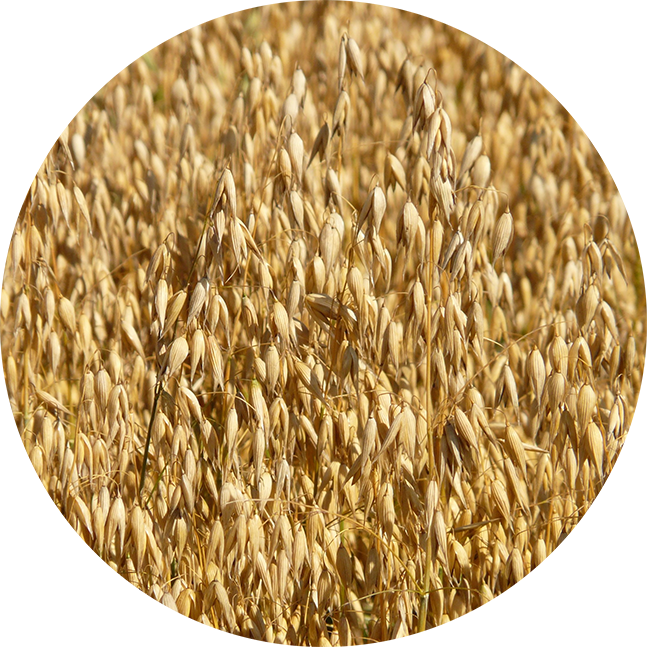
Cover Crops and Biodiversity & Troutner Farms LLC
A cover crop is planted primarily to manage soil erosion, soil quality and biodiversity in an agro-ecosystem. Currently the methods of using cover crops is not widely known or used, however cover cropping is recognized by the white house as a climate smart agriculture practice. Cover crops are of interest in sustainable agriculture, as many of them improve the sustainability of the agro-ecosystem. Using cover crops also indirectly improve qualities of neighboring natural ecosystems. Additionally, vast cover crop root networks help anchor the soil in place and increase the porosity.
A cover crop planted to increase soil fertility is referred to as “The Green Manure”. These types of crops are generally planted in late summer grown for a specific period of time, then plowed under to improve soil fertility. They are used to manage a range of soil micronutrients, and macronutrients. Of the various nutrients, the impact that cover crops have on nitrogen management gets most of our attention.
Troutner Farms helps farmers choose what to grow and how to manage specific crop types based on their needs and goals, influenced by environmental, biological, social and economic factors of the food. We take a close look at cost/benefit analyses and particular growing methods in order to address the practical concerns and solutions for your farmland.
If sustainable farming is in your master plan, consider the positive role of cover crops. Whatever direction you are mapping out and planning for agriculture consider organic, sustainable and No-till methods. These crops are also a simple solution to erosion, poor soil quality, fertility, weeds, disease and pest management. The practice of cover cropping is a great option to consider to boost the health and production of your farmland.
